Before imatinib, a diagnosis of chronic myeloid leukemia (CML) was often a death sentence. Patients faced harsh chemotherapy, bone marrow transplants with high failure rates, and a life expectancy of just 3 to 5 years after diagnosis. Then, in 2001, a drug called imatinib changed everything. It didn’t just extend life-it turned CML from a fatal disease into a manageable condition for most people. Today, over 90% of newly diagnosed CML patients survive at least 10 years, and many live normal lifespans. This isn’t just progress. It’s a revolution.
How imatinib works: a precision strike against cancer
Imatinib doesn’t attack all rapidly dividing cells like traditional chemotherapy. Instead, it targets one specific protein: BCR-ABL. This abnormal protein is the engine driving CML. It’s created when two genes-BCR and ABL-fuse together on chromosome 9, forming what’s called the Philadelphia chromosome. The result? A broken switch that keeps white blood cells multiplying nonstop.
Imatinib slips into the active site of BCR-ABL like a key into a lock. It blocks the protein from sending growth signals. Cancer cells stop dividing. Healthy cells keep working. This precision is why side effects are far milder than with chemo. Common issues include nausea, muscle cramps, and mild swelling-but not hair loss, severe infections, or organ damage. It’s not magic, but it’s close.
Imatinib was the first drug designed using structure-based drug discovery. Scientists at Novartis studied the 3D shape of BCR-ABL and built a molecule to fit perfectly. This approach became the blueprint for dozens of other targeted cancer drugs that followed. Drugs like dasatinib, nilotinib, and bosutinib are all direct descendants of imatinib’s design.
The global shift in cancer treatment
Before imatinib, cancer treatment was mostly one-size-fits-all. Doctors picked chemo based on the tumor’s location, not its genetic makeup. Imatinib proved that understanding the molecular cause of cancer could lead to dramatically better outcomes. It wasn’t just a new drug-it was a new way of thinking.
Hospitals around the world began testing patients for the Philadelphia chromosome before deciding on treatment. Genetic testing became standard. Cancer care moved from organ-based classification (lung cancer, breast cancer) to mutation-based classification (EGFR-mutant, ALK-positive, BCR-ABL-positive). This shift made treatment more effective and reduced unnecessary toxicity.
By 2010, imatinib was approved for other cancers too. Gastrointestinal stromal tumors (GIST), which are driven by KIT or PDGFRA mutations, responded dramatically. Before imatinib, advanced GIST had a median survival of less than a year. With imatinib, many patients lived five years or more. That’s a 10-fold improvement.
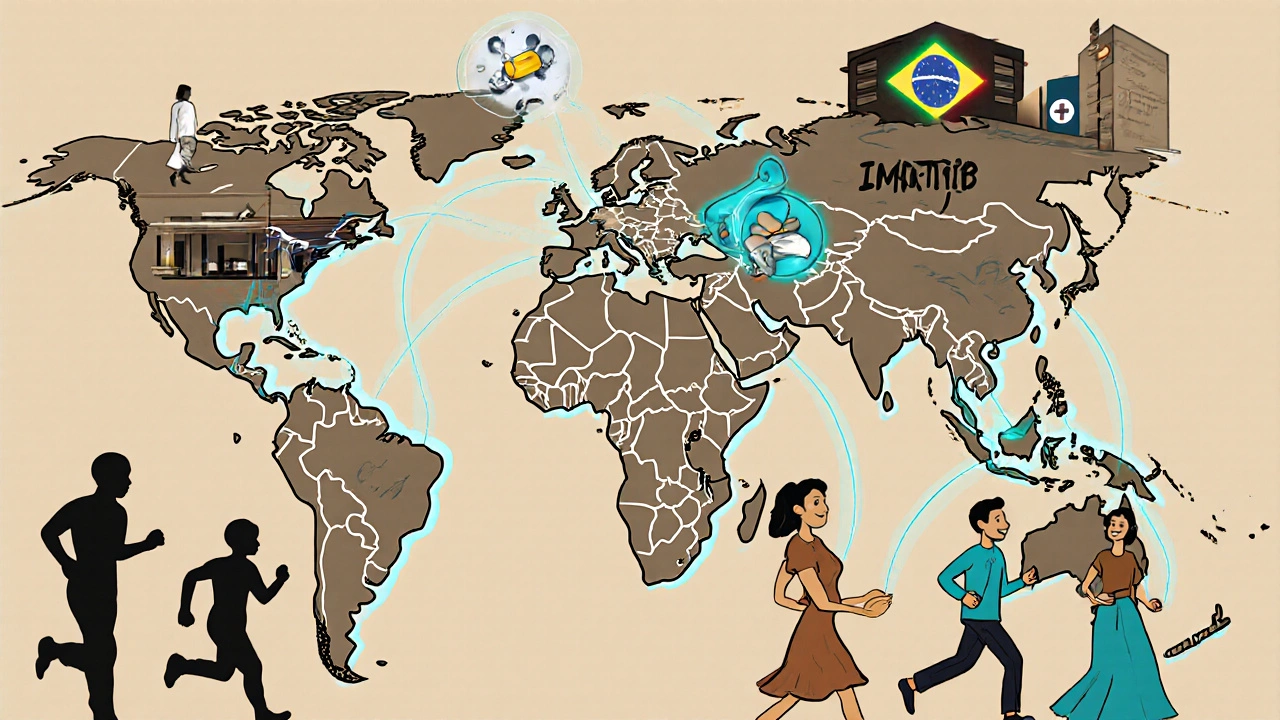
Access and affordability: the real challenge
Imatinib’s success created a paradox. It saved lives-but it was expensive. In the U.S., the annual cost peaked at over $100,000. In low-income countries, most patients couldn’t afford it. A 2012 study in India found that fewer than 20% of CML patients had access to imatinib. Without it, survival rates dropped back to pre-2000 levels.
The response came from multiple directions. Generic versions started appearing after patents expired in 2016. Indian manufacturers like Cipla and Natco began producing affordable imatinib at under $200 per year. The World Health Organization added it to its List of Essential Medicines. Programs like the Clinton Health Access Initiative helped negotiate bulk pricing in Africa and Southeast Asia.
By 2023, generic imatinib was available in over 120 countries. In Brazil, Thailand, and South Africa, CML survival rates now match those in high-income nations. This isn’t just about price-it’s about justice. A drug that can turn a fatal disease into a chronic condition shouldn’t be a luxury.
Long-term outcomes and the rise of treatment-free remission
Most patients take imatinib daily for life. But a growing number are achieving something once thought impossible: treatment-free remission. In clinical trials, about 40% of patients who stayed in deep remission for at least two years were able to stop taking imatinib without relapse. Their immune systems kept the cancer in check.
This changes everything. No more daily pills. No more side effects. No more pharmacy visits. For young adults, this means planning careers, having children, and living without the constant shadow of cancer. The criteria for stopping treatment are strict-stable deep molecular response for at least two years, monitored by regular blood tests-but it’s real.
Studies from the European LeukemiaNet show that patients who stop imatinib safely have a 95% chance of remaining in remission five years later. Those who relapse can usually restart the drug and regain control. It’s not a cure, but it’s the closest thing we’ve seen in solid tumors.
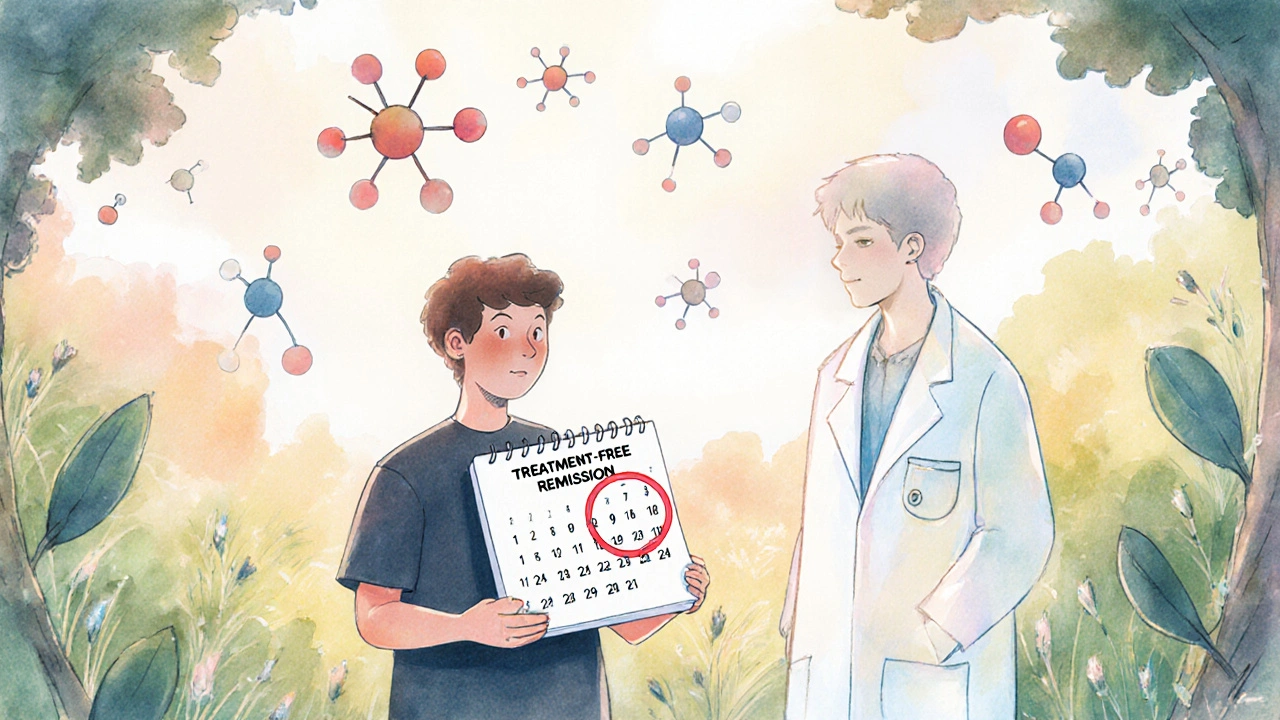
Imatinib’s legacy: the birth of precision oncology
Imatinib didn’t just treat CML. It created a new field: precision oncology. It proved that targeting a single genetic flaw could wipe out a cancer. That idea sparked a wave of research. Drugs like trastuzumab for HER2-positive breast cancer, vemurafenib for BRAF-mutant melanoma, and osimertinib for EGFR-mutant lung cancer all followed the same path.
Hospitals now routinely sequence tumors to find targetable mutations. Biopsies aren’t just about location-they’re about molecular signatures. Clinical trials are designed around genetic profiles, not tumor sites. This shift has improved survival across dozens of cancer types.
Imatinib also changed how drugs are developed. Before, pharmaceutical companies tested drugs on large, unselected groups. After imatinib, they looked for small patient groups with specific mutations. This made trials faster, cheaper, and more successful. Today, nearly half of all new cancer drugs are targeted therapies, and most trace their roots back to imatinib’s success.
What’s next for imatinib and cancer treatment?
Imatinib is still the first-line treatment for CML in most guidelines. But resistance can develop. Some patients develop mutations in the BCR-ABL gene that prevent imatinib from binding. That’s where second- and third-generation drugs come in. Dasatinib and ponatinib can overcome many of these mutations, but they’re more expensive and carry stronger side effects.
Research is now focused on combining imatinib with immunotherapies. Early trials suggest that pairing imatinib with checkpoint inhibitors may help the immune system recognize and kill residual cancer cells after treatment stops. This could increase the percentage of patients who achieve treatment-free remission.
Another frontier is early detection. Scientists are developing blood tests that can spot the BCR-ABL fusion before symptoms appear. If proven, this could allow intervention before CML even progresses to the chronic phase-potentially curing it with a short course of imatinib.
Imatinib’s story isn’t over. It’s still saving lives every day. But its greatest impact may be what it taught us: that cancer isn’t one disease. It’s hundreds of diseases, each with its own genetic fingerprint. And for each fingerprint, there’s a key.
Is imatinib a chemotherapy drug?
No, imatinib is not chemotherapy. It’s a targeted therapy. Chemotherapy attacks all fast-growing cells, including healthy ones like hair follicles and bone marrow, which causes severe side effects. Imatinib only blocks the abnormal BCR-ABL protein found in cancer cells, sparing most healthy tissue. That’s why side effects like nausea and swelling are common, but hair loss and severe infections are rare.
Can imatinib cure chronic myeloid leukemia?
Imatinib doesn’t usually eliminate every cancer cell, so it’s not considered a cure in the traditional sense. But for most patients, it controls the disease so effectively that they live normal lifespans. A growing number-about 40% of those in deep remission-can stop taking it entirely and stay in remission. This is called treatment-free remission and represents the closest thing we have to a cure today.
How long do people take imatinib?
Most patients take imatinib daily for life. But if they maintain a deep molecular response for at least two years, they may be eligible to stop under careful medical supervision. Stopping is only considered after regular blood tests confirm the cancer is undetectable. If the disease returns, restarting imatinib usually brings it back under control.
Is generic imatinib as effective as the brand-name version?
Yes. Multiple studies, including those by the WHO and the U.S. FDA, confirm that generic imatinib is bioequivalent to the brand-name version (Glivec/Imatinib Mesylate). The active ingredient is identical, and the absorption rate in the body is the same. Generic versions have been used safely in over 120 countries and are now standard in public health systems worldwide.
What cancers besides CML does imatinib treat?
Imatinib is also approved for gastrointestinal stromal tumors (GIST), which are driven by mutations in the KIT or PDGFRA genes. It’s used for certain types of acute lymphoblastic leukemia (ALL) with the Philadelphia chromosome, and for rare conditions like hypereosinophilic syndrome and dermatofibrosarcoma protuberans. In each case, it targets a specific abnormal protein that drives the disease.
Imatinib’s story is more than a medical breakthrough. It’s proof that science, when focused on the right problem, can turn despair into hope. It showed the world that cancer doesn’t have to be a death sentence. It taught us to look deeper-not just at the tumor, but at its genes. And it proved that even the most complex diseases can be tamed, one precise molecular target at a time.

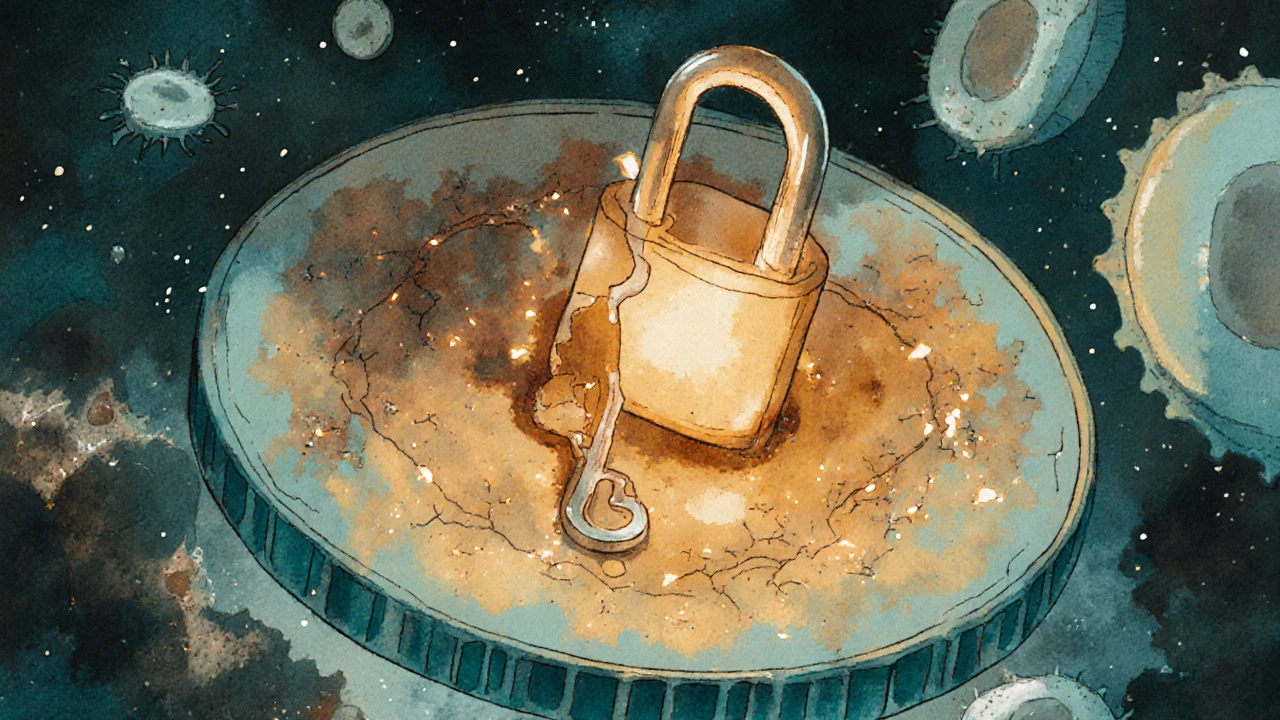
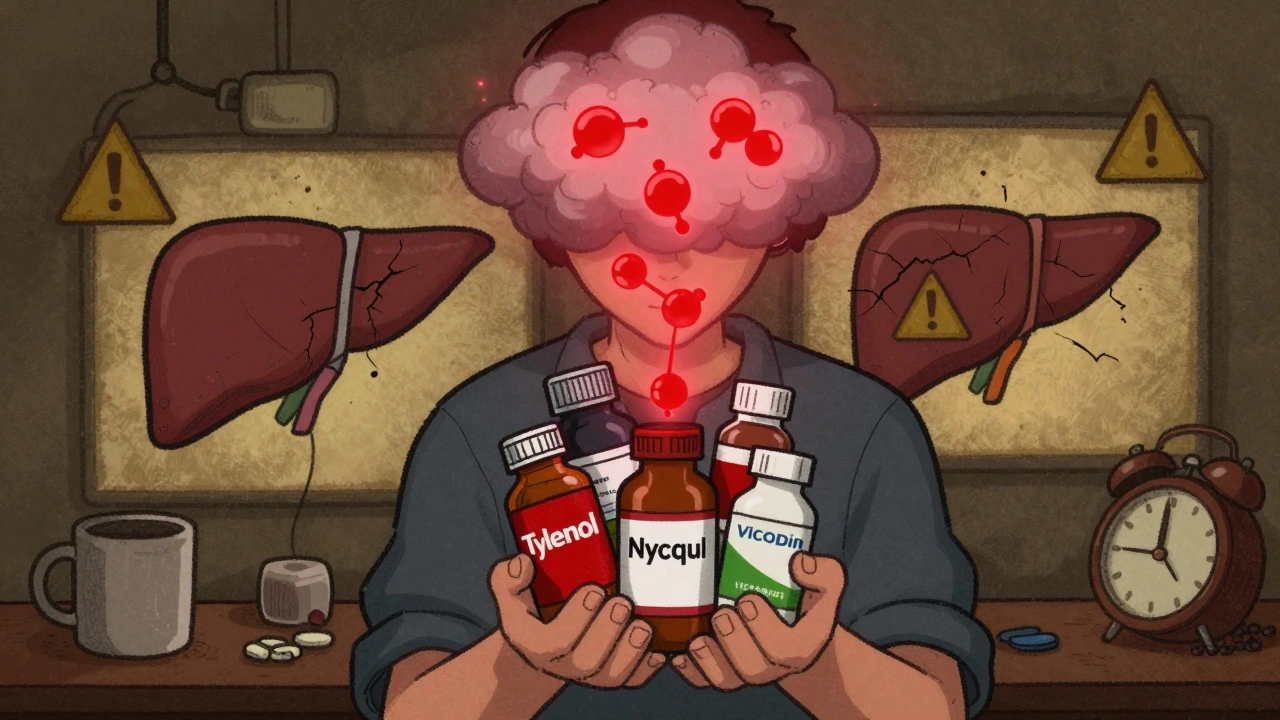
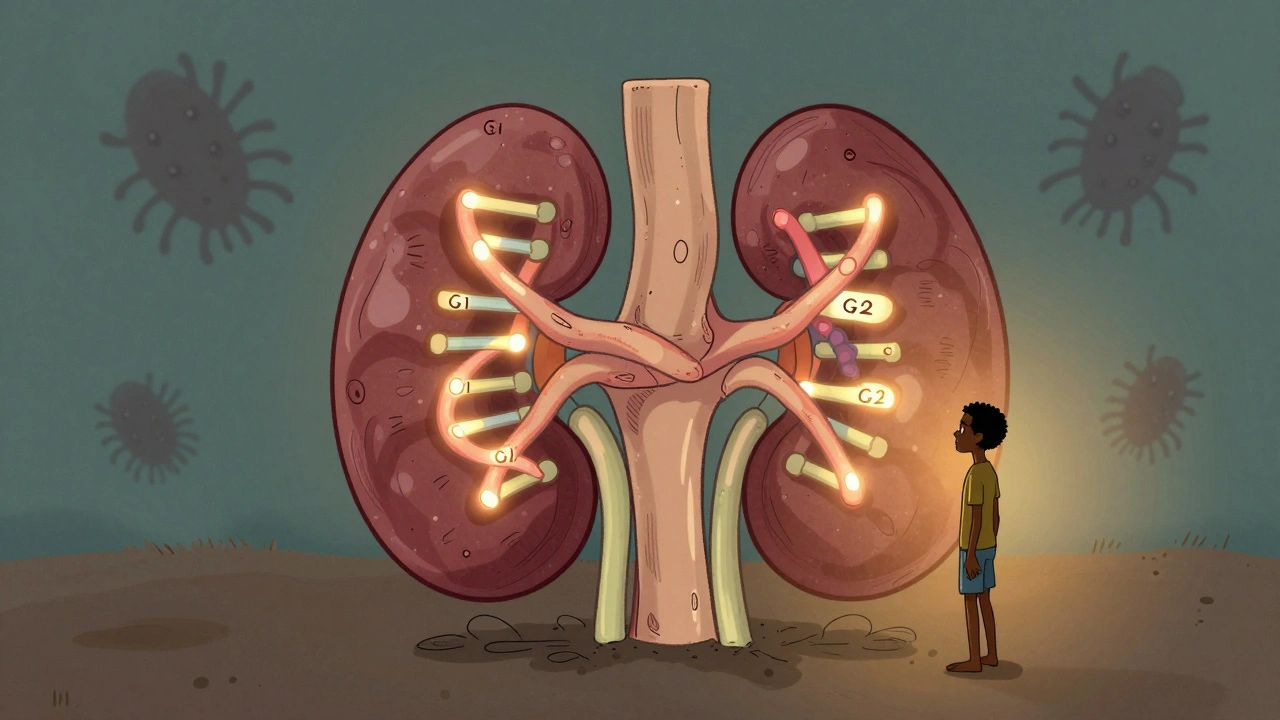
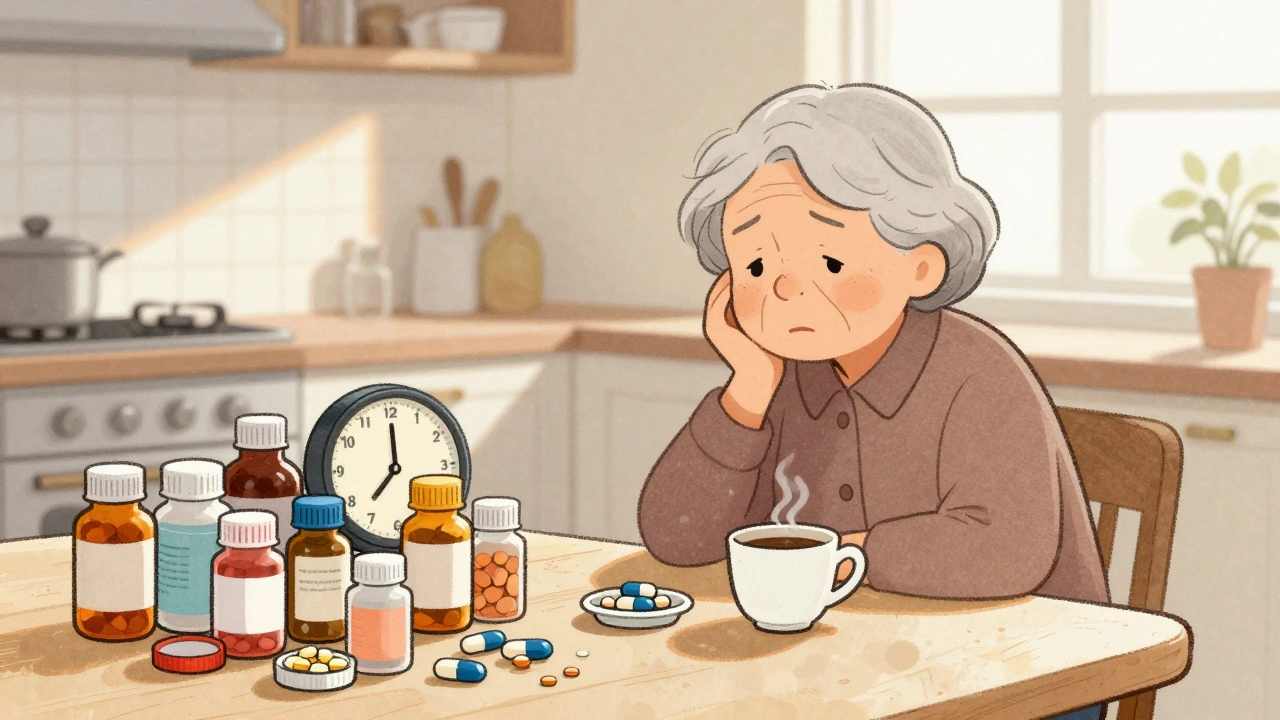

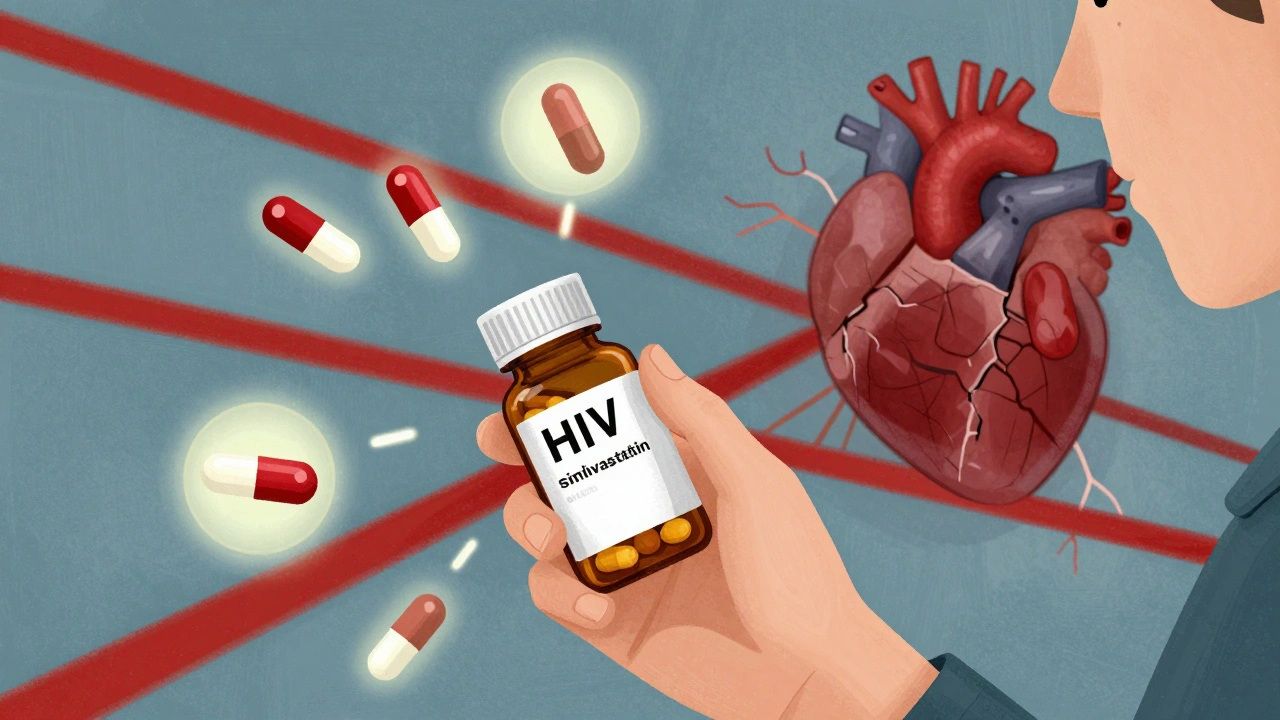
Jenny Lee
November 19, 2025 AT 16:45Imatinib is literally why I’m still here. My dad started taking it in 2005. He’s 72 now, plays golf, and forgets where he put his keys-but he’s alive. No chemo, no hair loss, just a pill and a weekly blood test. This drug didn’t just extend life, it gave back normalcy. 🙌
Ram tech
November 21, 2025 AT 01:58generic imatinib in india costs less than a good pizza. meanwhile in usa people still whine about $100k bills. capitalism is a joke. why does a lifesaving drug have to be a luxury? 🤡
Timothy Uchechukwu
November 22, 2025 AT 22:25you think this is progress? western pharma companies made billions off this then sold generics to the poor like they’re doing charity. real progress would be not letting patents exist in the first place. we’re still playing their game
Ancel Fortuin
November 24, 2025 AT 04:51they say imatinib is a miracle. but what if the real miracle is that the FDA approved it without testing on 10,000 people? you ever wonder who really benefits from these ‘targeted therapies’? the patients? or the stock prices?
Jeff Hakojarvi
November 24, 2025 AT 18:21just want to add-treatment-free remission isn’t just possible, it’s happening more than people think. i’m a nurse at a hem/onc clinic and we’ve had 3 patients stop imatinib in the last year. all still in remission after 3+ years. the key is strict monitoring. don’t just quit cold turkey. work with your doc. this isn’t magic, it’s science-and it’s beautiful.
Hannah Blower
November 25, 2025 AT 22:34how ironic that the birth of precision oncology was funded by venture capital and marketed with PowerPoint decks. we turned human biology into a patent portfolio. imatinib didn’t save lives-it created a new revenue stream for shareholders. the real revolution? turning cancer into a chronic, profitable condition.
Gregory Gonzalez
November 26, 2025 AT 21:40imatinib is impressive, sure. but let’s not pretend this is ‘science triumphing over disease.’ it’s just the first domino in a long line of billion-dollar biotech products. the real story isn’t the drug-it’s the system that lets one company corner a genetic mutation and charge $100k/year for it.
Ronald Stenger
November 28, 2025 AT 17:50why do americans act like they invented medicine? india made the generic. africa got it through NGOs. china scaled production. usa just sat there billing insurance. this drug’s success was global-not american. stop acting like you’re the heroes
Samkelo Bodwana
November 29, 2025 AT 15:49look, i get the excitement. imatinib is a miracle. but let’s not ignore the people who still can’t get it. in rural south africa, some patients walk 40km to the nearest clinic just to get a prescription filled. and even then, the pharmacy might be out. this isn’t just about cost-it’s about infrastructure, education, and dignity. a drug that can cure leukemia shouldn’t require a logistical miracle to reach someone. we need to fix the system, not just celebrate the molecule.
Emily Entwistle
December 1, 2025 AT 08:29imatinib = life. 💖 no chemo = no more crying in the shower. my sister took it for 8 years, stopped last year, and just got engaged. she’s planning a baby. this isn’t medicine-it’s hope with a pill bottle. 🌈💊